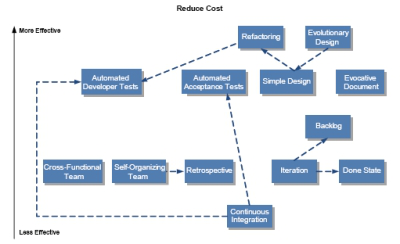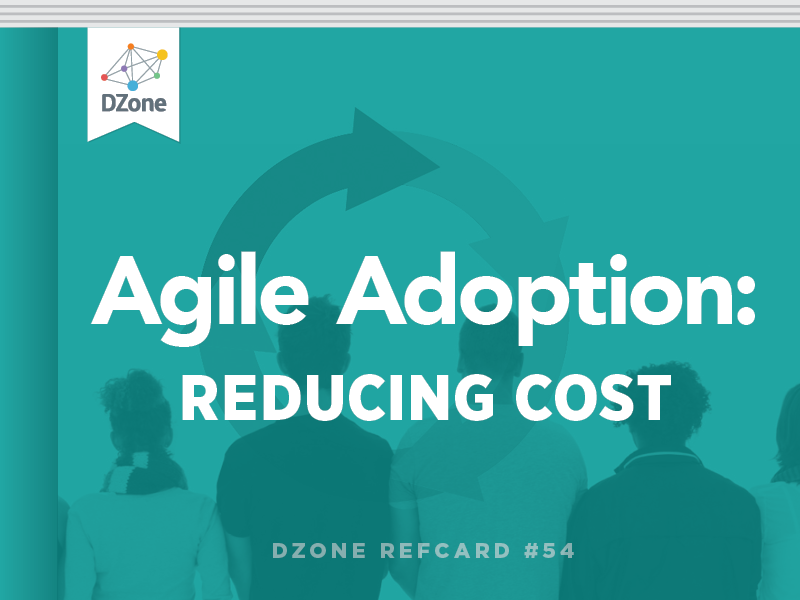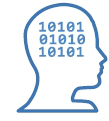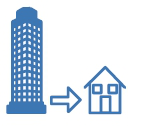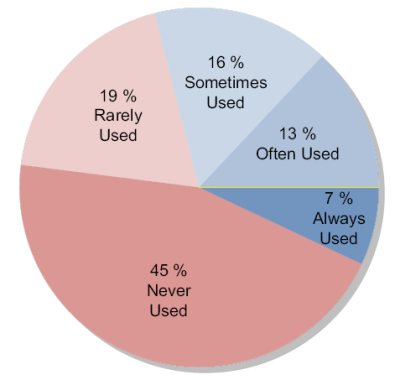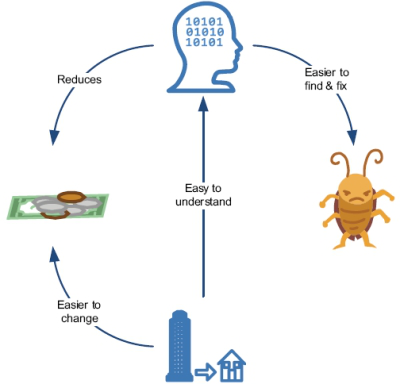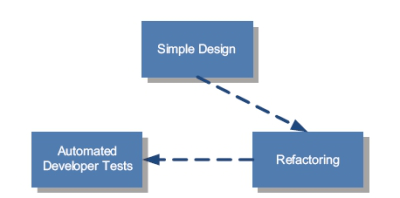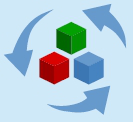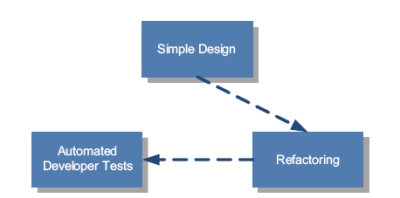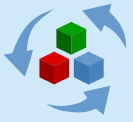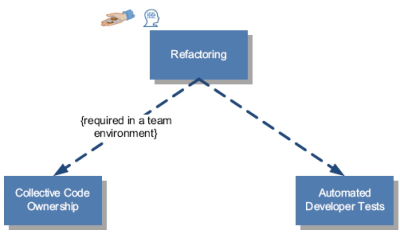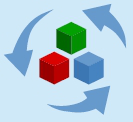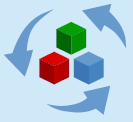To successfully adopt Agile practices let’s start by answering the question “which ones first?” Once we have a general idea of how to choose the first practices there are other considerations.
Become “Well-Oiled” First
One way to look at software development is to see it as problem solving for business. When considering a problem to solve there are two fundamental actions that must be taken:
- Solving the right problem. This is IT/Business alignment.
- Solving the problem right. This is technical expertise.
Intuitively it would seem that we must focus on solving the right problem first because, no matter how well we execute our solution to the problem, if it is the wrong problem then our solution is worthless. This, unfortunately, is the wrong way to go. Research shows in Figure 3, that focusing on alignment first is actually more costly and less effective than doing nothing. It also shows that being “well-oiled”, that is focusing on technical ability first, is much more effective and a good stepping-stone to reaching the state where both issues are addressed.
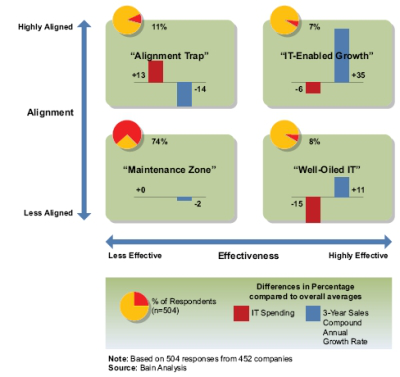
Figure 4: The Alignment Trap (from Avoiding the Alignment Trap in Information Technology, Shpilberg, D. et al, MIT Sloan Management Review, Fall 20078.)
This is supported anecdotally by increasing reports of failed Agile projects that do not deliver on promised results. They adopt many of the soft practices such as Iteration, but steer away from the technically difficult practices such as Automated Developer Tests, Refactoring, and Done State. They never reach the “well-oiled” state.
So the lesson here is make sure that on your journey to adopt Agile practices that improve time to market (or any other business value for that matter), your team will need to become “well-oiled” to see significant, sustained improvement. And that means you should plan on adopting the difficult technical practices for sustainability.
Know What You Don’t Know
The Dreyfus Model of Skill Acquisition, is a useful way to look at how we learn skills – such as learning Agile practices necessary to reduce cost. It is not the only model of learning, but it is consistent, has been effective, and works well for our purposes. This model states that there are levels that one goes through as they learn a skill and that your level for different skills can and will be different. Depending on the level you are at, you have different needs and abilities. An understanding of this model is not crucial to learning a skill; after all, we’ve been learning long before this model existed. However, being aware of this model can help us and our team(s) learn effectively.
So let’s take a closer look at the different skill levels in the Dreyfus Model:

Figure 5: The Dreyfus Model for skill acquisition. One starts as a novice and through ecperience and learning advances towards expertise.
How can the Dreyfus Model help in an organization that is adopting agile methods? First, we must realize that this model is per skill, so we are not competent in everything. Secondly, if agile is new to us, which it probably is, then we are novices or advanced beginners; we need to search for rules and not break them until we have enough experience under our belts. Moreover, since everything really does depend on context, and we are not qualified to deal with context as novices and advanced beginners, we had better get access to some people who are experts or at least proficient to help guide us in choosing the right agile practices for our particular context. Finally, we’d better find it in ourselves to be humble and know what we don’t know to keep from derailing the possible benefits of this new method. And we need to be patient with ourselves and with our colleagues. Learning new skills will take time, and that is OK.
Choosing a Practice to Adopt
Choosing a practice comes down to finding the highest value practice that will fit into your context. Figure 1 will guide you in determining which practices are most effective in decreasing your time to market and will also give you an understanding of the dependencies. The other parts in this section, How to Adopt Agile Practices Successfully?, discuss other ideas that can help you refine your choices. Armed with this information:
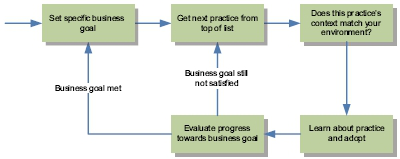
Figure 5: Steps for choosing and implementing practices.
